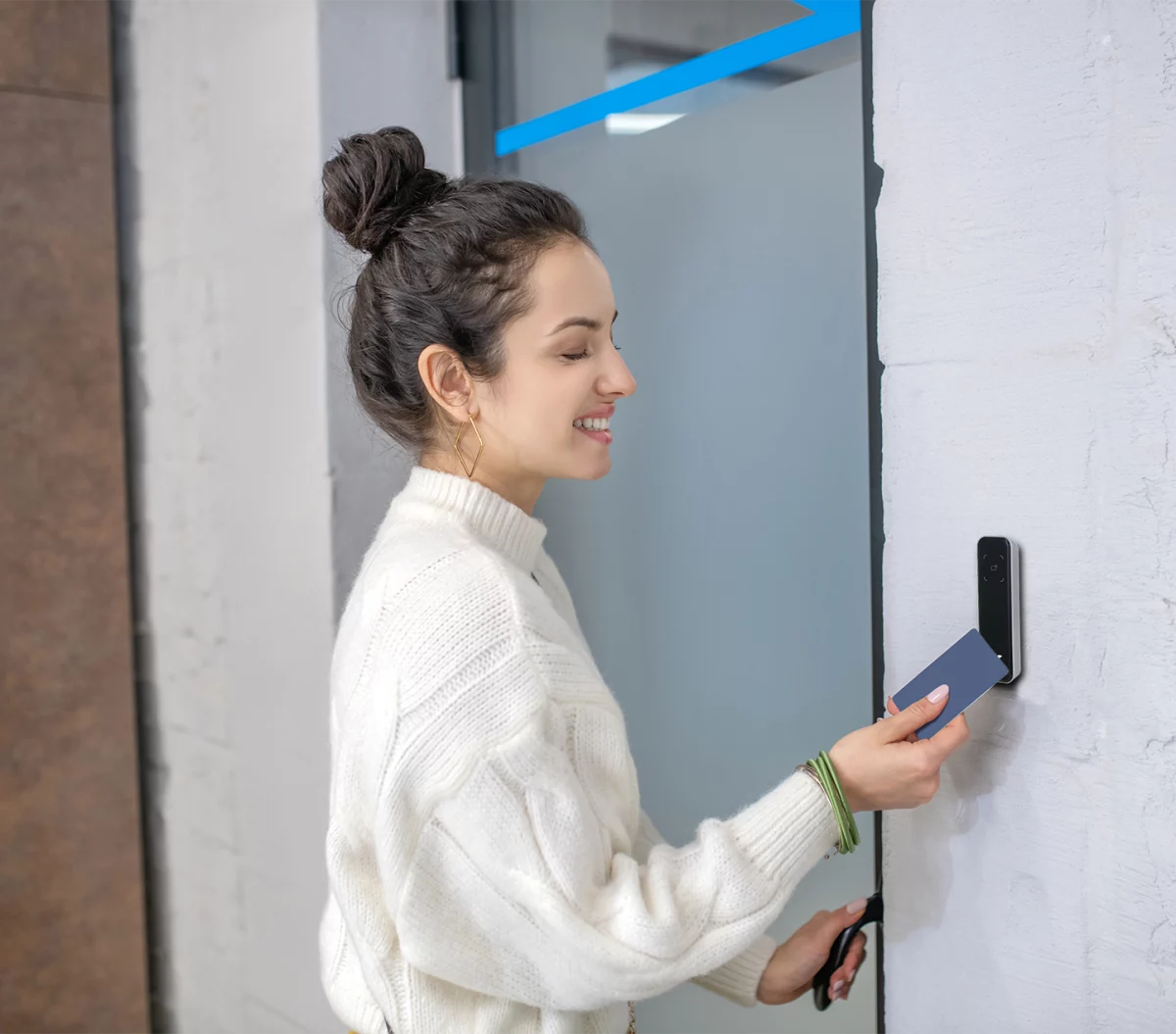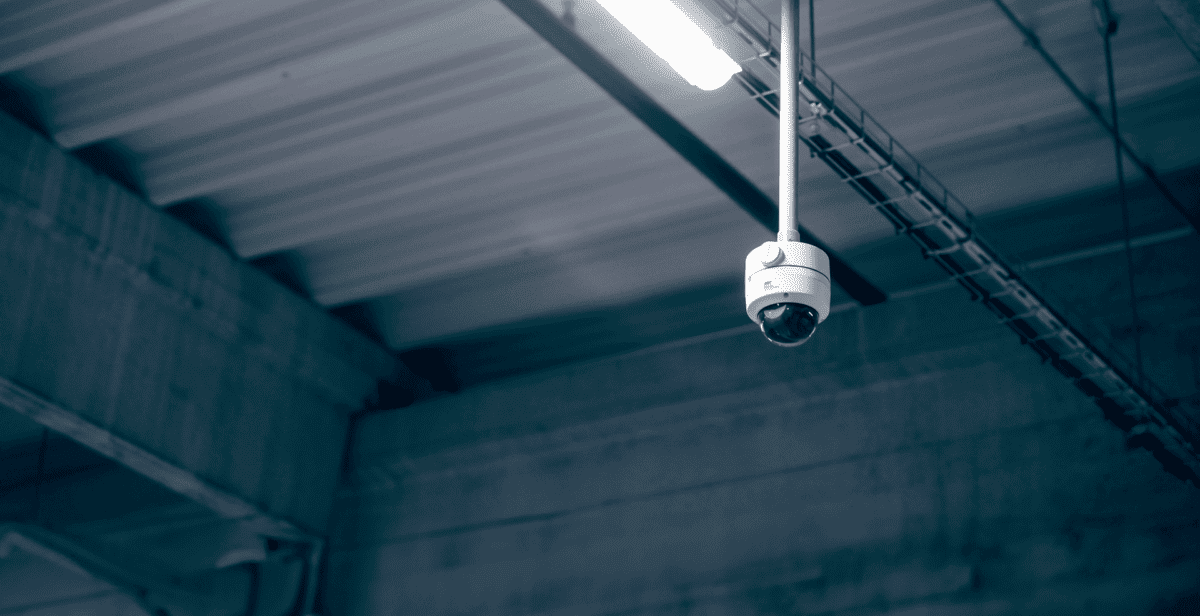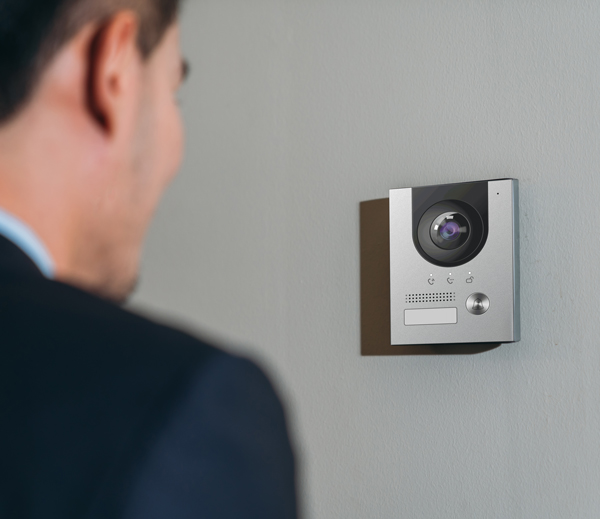
Unlocking the Future: Nursery Access Control
Biometric Access Control saves time, improves safety and gives your nursery a competitive advantage
Nursery security in Early Years’ settings has always been a top priority for both parents and nursery owners. While well-intended, traditional security mechanisms such as pin-code access control and sign-in sheets have shown to be prone to exploitation. However, a revolution in nursery security is occurring, and it is being driven by biometrics.
Nurseries play an important part in the lives of millions of families across the UK and Ireland. According to a 2018 study conducted by the Department of Education, roughly 75% of families in England with children aged 0 to 14 used formal childcare services during term-time weeks. The necessity for strong security measures in nurseries is apparent, with an estimated 80,000 providers supplying 2.8 million Ofsted licenced childcare positions.
Challenging Nursery Sector Conditions and Legislative Changes
Proposed changes in ratios are causing consternation across early years’ leaders due to concerns around quality of care and safety. More nursery groups are looking to technology to reduce unnecessary administration and manual tasks (such as opening the door and checking authorisation), and to provide back up and evidence for staff in the event of an incident. Combining different types of solutions, including video intercoms, Bluetooth readers and CCTV in combination with biometric access can create a welcoming but safe and secure environment for learning and play.
Understanding Biometric Technology
Biometrics, a technology that many of us are familiar with, is at the centre of this security evolution. Biometric verification has become commonplace, from unlocking our phones with a fingerprint to directing our smart speakers with speech recognition. But what about using biometrics into our companies, particularly for nursery access control?
Let’s look at some real-world instances of how biometrics are changing nursery security.
Sugar Plum Tree Nursery
Sugar Plum Tree Nursery, located in the heart of Walthamstow, London, serves as an inspiring case study. This nursery, with an ‘Outstanding’ Ofsted rating and a strong community-centric ethos, recognised the importance of top-tier security.
Sugar Plum Tree Nursery chose to invest in Almas Optima ID Fingerprint biometric access control, among other security solutions. This decision has significantly enhanced the safety and protection of the children in their care. The system allowed them to stop unauthorised access while providing easy entry for their dedicated staff. The results were clear: enhanced security and peace of mind.
Speaking to their manger regarding the implemented biometrics system, they said: “[The] security system gives us a sense of safety and security. The fingerprint access control system, alarm, and remote CCTV monitoring have all made a significant difference. It’s the ideal solution for our growing nursery.”
Day Care At Saint Martins
Another compelling case is that of Day Care At Saint Martins, a vibrant nursery near Solihull Preparatory School. After a major refurbishment in August 2020, they needed a security solution that could match their growth. Their upgraded biometric nursery access control system not only keeps the staff safe but also plays a crucial role in lockdown drills, ensuring everyone knows how to access secure points promptly.
Here is a case study video featuring Day Care At Saint Martins, highlighting their journey to enhanced security through biometrics:
The Power of Biometrics in Making Nurseries Safer
So, how exactly does biometric nursery access control technology improve security? For starters, nurseries can limit access to their buildings, particular rooms, and even specific sections inside rooms using biometric readers. This ensures that only authorised personnel enter, thus safeguarding the children. Furthermore, biometrics enable precise attendance tracking, ensuring that people are accounted for and staff are where they should be.
Conversely, we are finding that the fact that authorised parents are enrolled on the nursery access control system and therefore able to enter at certain times and to certain areas rather than waiting for staff to unlock a front door, actually reassures parents that the nursery operates in a transparent way.
In today’s modern world when custody arrangements can change – traditional systems often don’t keep up. Expecting staff to remember changes puts a lot of pressure on them. With biometric nursery access control systems, you can suspend a profile in seconds. Any attempts to access the building will still be logged (and can trigger an alert), but the user will not be able to get in.
It’s not just about children and parents; biometric authentication ensures that only authorised staff members interact with the children, enhancing overall security. In a sector with student and part time staff, keeping access credentials current is vital. If you’ve got a pin code system – when did you last change the code? Have any children, parents or staff changed since then? If so, you’re still allowing an unauthorised person access to your site.
When It All Goes Wrong
There have been worst-case scenarios when a child has escaped a nursery and been found miles away in the local playpark, thankfully unharmed. It happens more often than you’d think, and can be because doors were propped open or not secured and overstretched staff naturally cannot have eyes on every child all the time. But when it happens, it can often herald the end of a nursery’s reputation.
Records from a biometric access system and especially when it’s integrated with cameras, allows for early warnings that a door is not secure, and provides immediate evidence for investigation. Instead of finding out hours after that a child has absconded, you know within seconds and can intercept them before they reach the end of the path.
Biometrics’ usefulness in boosting security is not only observational. According to research conducted by the United Kingdom Home Office, biometric security systems reduced crime by at least 20% in regions where they were deployed. This statistical data supports the practical advantages of biometrics in improving nursery security.
But the benefits of biometrics in nurseries go beyond security. These systems are convenient, saving staff time and hassle. They’re incredibly accurate, reducing the risk of errors. Moreover, they are hygienic as contactless solutions such as the Almas Facial Scanner reduces the spread of germs.
The Reassurance of Biometric Security
As nursery leaders and owners, you hold the safety and well-being of children in your hands. Choosing to implement biometric access control solutions is not just a security measure; it’s a shrewd move. They not only deliver a vital sense of safety and security to childcare settings, but set you apart from other nursery employers and providers – staff know they are protected and parents know their children are. Biometrics are revolutionising nursery security, making it more secure, convenient, and efficient than ever before.
Our Almas nursery security solutions, which includes a full range of access control (including non biometric options!), intruder alarms and CCTV Safety Monitoring, have significantly improved nursery safety for many of our customers.
The first step to upgrading your security is a free security consultation and audit; our expert Security Consultants will visit your site and do a critical analysis of your current nursery security provision – they will leave you with a written report which highlights where you’re doing a great job and where there may be some risk. If you’d like more advice, or to arrange a free audit, please get in touch.



